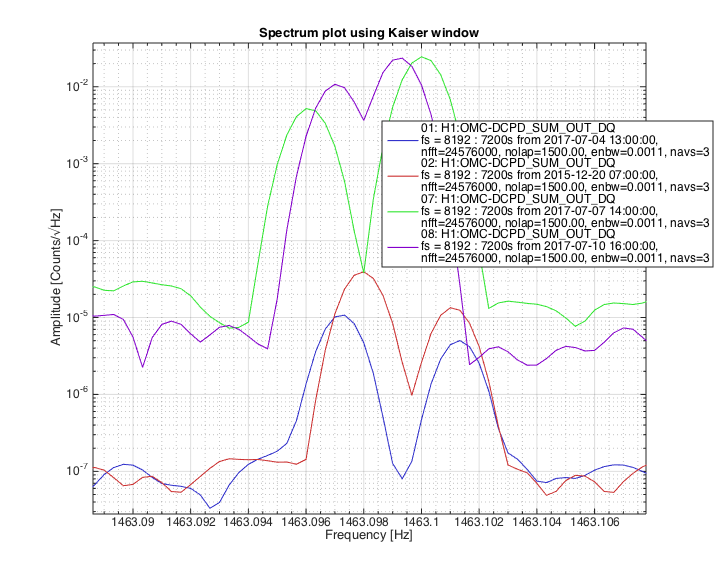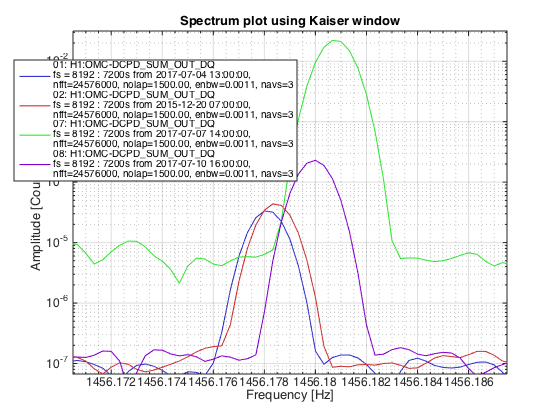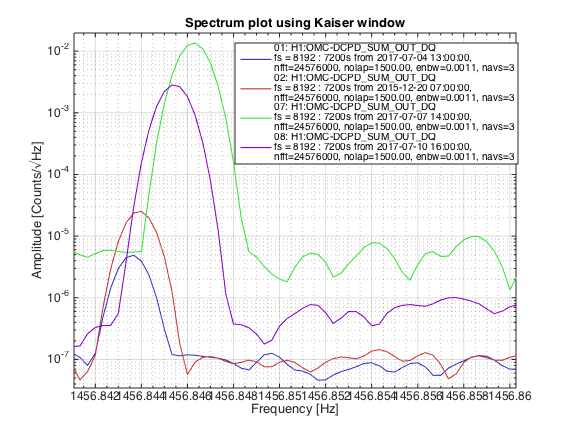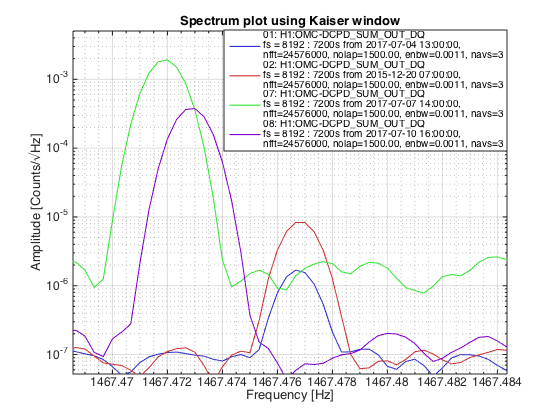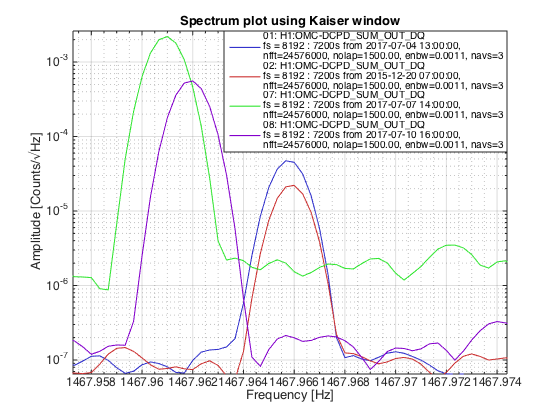TITLE: 07/11 Day Shift: 15:00-23:00 UTC (08:00-16:00 PST), all times posted in UTC
STATE of H1: Aligning
INCOMING OPERATOR: Patrick
SHIFT SUMMARY:
Maintenance Day
LOG:
15:00 Bubba and Nicole into LVEA
15:12 Thomas and Marc to MY
15:17 Chris is with pest control people. They're going into LVEA first and then down arms.
15:23 Richard to Ends to restore ESD drivers back to normal power supplies.
15:25 Pep and Kentaro to EY: investigating line noise snd possible bird pecking
15:27 Hugh into LVEA to re-attach X Cryo accelerometer.
15:30 Marc and TVo back
15:33 Coca-cola on site
15:44 Chris and PC heading down Y arm.
15:55 Cheryl into optics lab and then squeezer bay.
15:58 rebooting nuc2&3 as per Carlos's request.
16:10 Bubba and Nicole out of LVEA. Going to both ends and both mids.
16:15 Chris and PC down X arm
16:17 Kentoro back from EY
16:35 Richard back
16:48 LN2 delivery
16:49 HFD on site to flow hydrants
16:50 Pep back into control room
16:51 Pep to EX
17:21 Cintas on site
17:23 Kiwamu says he will restart the ASC model
17:25 DAQ restart
17:32 Fil and Elizabeth going to EX for Beckhoff power
17:32 Jeff B called from PSL he's going to be cycling dust monitors
17:46 Richard informed me that the HFD is gone and the fire pumps are shut off.
17:49 Corey into squeezer bay
17:54 Corey out
17:55 Karen to EY
18:14 Jeff B out of PSL and heading to end stations to cycle dust monitors as a quarterly FAMIS task
18:28 Pest control guy leaving.
18:40 Bubba and Nicole back
18:53 Kiwamu and Nicole out to LVEA
- They will retrieve an unused laser from IOT2R
- LVEA is LASER Safe. Kiwamu will close the light pipe prior to the table incursion and revert it after the table is re-secured.
- They will also go ino the H2 enclosure for photos (inventory verification)
19:03 Karen leaving EY
19:13 Nicole and Kiwamu out.
19:15 Jeff B back and into Optics lab.
19:21 Fil and Elizabeth are back
19:23 Rick, et al, are leaving EX. He reported lights and wifi turned off.
19:32 Jeff out of Optics lab and done with dust monitor checks.
19:40 restarted Alarm Handler and Verbal Alarms
19:45 Peter called. He's done in the PSL and waiting on Cheryl to finish up.
20:01 Jason to LVEA to turn out lights in H2 enclosure.
20:25 Jason tweaking PMC
20:30 Begin initial alignment
20:31 Sensor correction turned back on to WINDY state.
20:40 Jason done with PMC alignment.
locking










